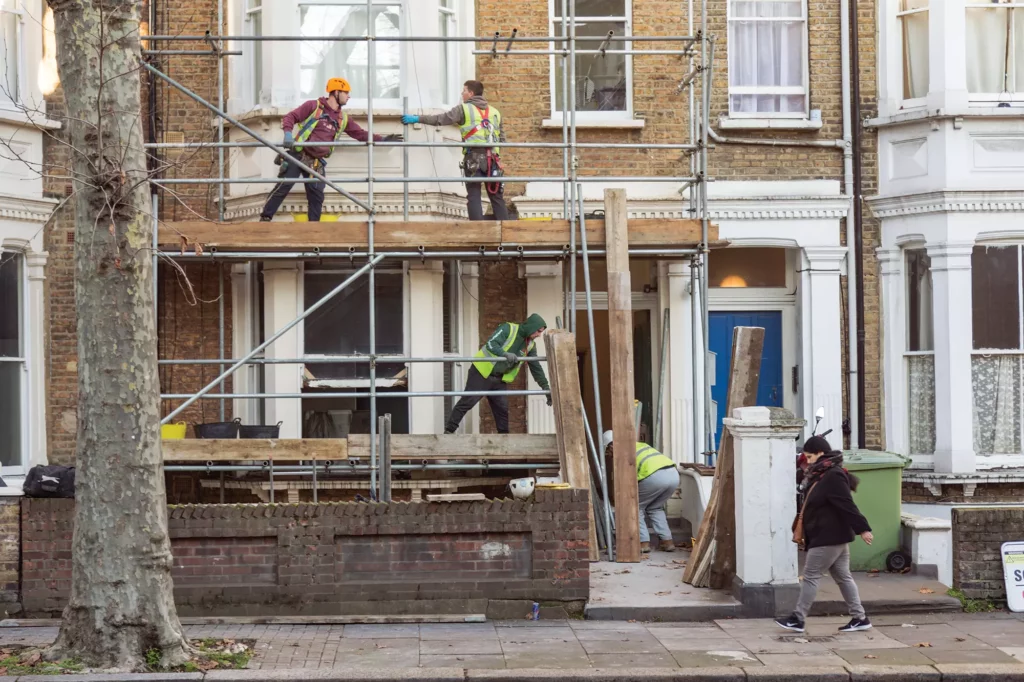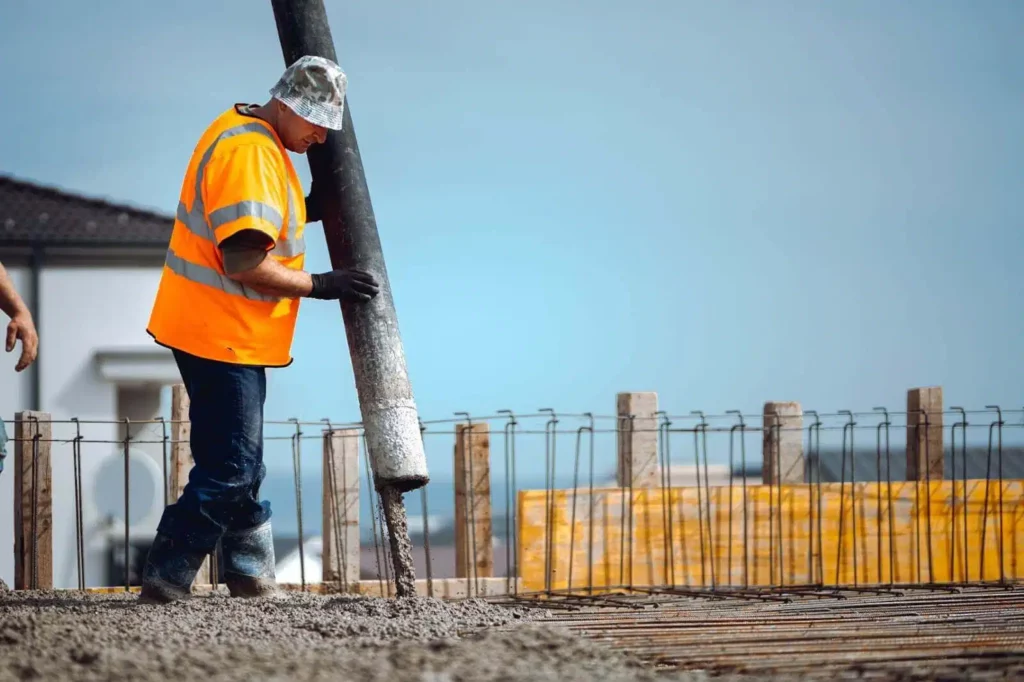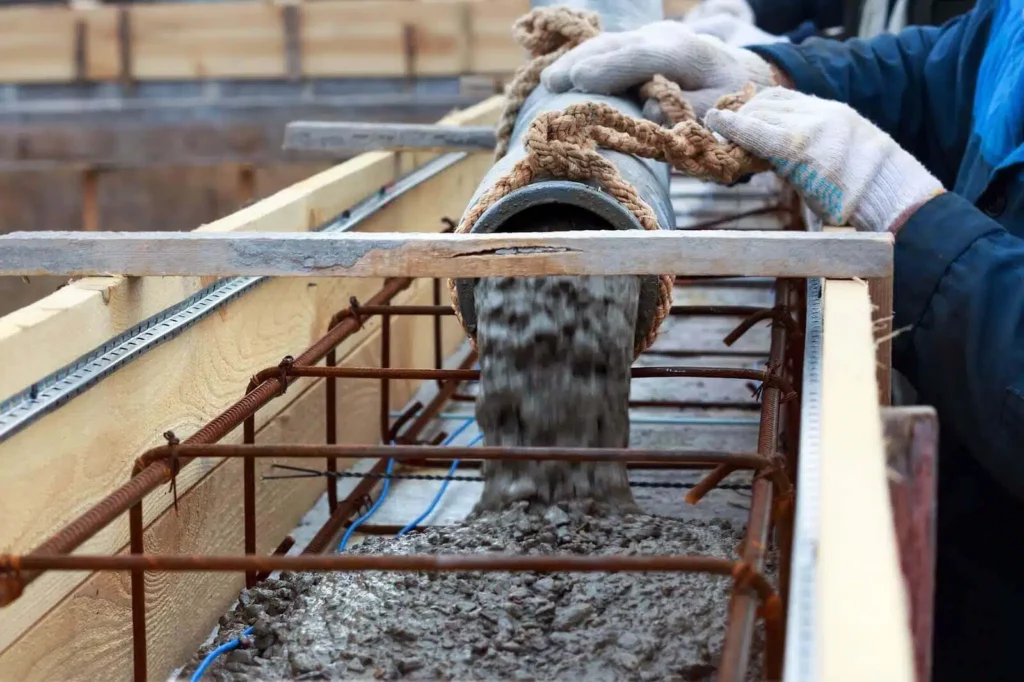Formwork is an essential component in the construction industry, particularly when it comes to forming concrete structures. Laminated Veneer Lumber (LVL) has become a popular choice for formwork due to its strength and versatility. However, there are common mistakes that can lead to inefficiencies, increased costs, and structural failures. This article will explore seven common pitfalls to avoid when working with Formwork LVL, ensuring that your projects are executed smoothly and successfully.
1. Inadequate Planning and Design
One of the most significant mistakes in formwork construction is inadequate planning and design. Proper planning is crucial to ensure that the formwork is structurally sound and meets the requirements of the project.
Formwork LVL is a powerful tool in the construction industry, but it requires careful consideration and execution to avoid common mistakes. By addressing the pitfalls outlined in this article, construction professionals can ensure that their projects are completed efficiently, safely, and to a high standard. From proper planning and material selection to adhering to safety protocols and documenting processes, every step is crucial in achieving success with formwork LVL. By learning from past mistakes and implementing best practices, the construction industry can continue to evolve and improve, leading to better structures and safer work environments.
Understanding Load Requirements
Before commencing any project, it is vital to understand the load requirements that the formwork will need to support. This includes not only the weight of the concrete but also any additional loads from workers, equipment, and environmental factors. Failing to accurately assess these loads can lead to formwork failure, resulting in costly repairs and delays. Furthermore, it is essential to consider dynamic loads that may occur during the pouring process, as the movement of concrete can exert unexpected forces on the formwork. A thorough analysis of these factors ensures that the formwork can withstand all anticipated stresses, thereby safeguarding the integrity of the entire structure.

Creating Detailed Drawings
Another aspect of planning is creating detailed drawings that outline the formwork design. These drawings should include dimensions, material specifications, and assembly instructions. Without clear and comprehensive drawings, the risk of miscommunication and errors during construction increases significantly. In addition to standard drawings, it can be beneficial to incorporate 3D modelling techniques that provide a more visual representation of the formwork system. This approach not only aids in identifying potential issues before construction begins but also facilitates better collaboration among team members, ensuring that everyone is on the same page regarding the project’s requirements. Moreover, the use of digital tools can streamline the revision process, allowing for quick adjustments to be made in response to any changes in project scope or design, thereby reducing the likelihood of costly mistakes during the build phase.
2. Using Inappropriate Materials
The choice of materials is critical when it comes to formwork. Using inappropriate or substandard materials can compromise the integrity of the structure and lead to failures. The repercussions of such decisions can be severe, not only resulting in financial losses but also posing safety risks to workers and future occupants. Therefore, it is paramount to invest time and resources into selecting the right materials for the job.
Choosing the Right Grade of LVL
When selecting LVL for formwork, it is essential to choose the right grade. LVL comes in various grades, each with different strength characteristics. Using a lower grade than required can result in inadequate support and potential collapse. Always consult with a structural engineer to determine the appropriate grade for your specific application. Additionally, understanding the specific load requirements and the anticipated stresses on the formwork can guide you in making an informed decision. This diligence can prevent costly rework and ensure the safety of the construction site.
Learn more on: Where to Find Budget-Friendly LVL Timber Formwork Prices
Considering Environmental Factors
Environmental factors such as humidity and temperature can also affect the performance of LVL. It is crucial to select materials that are suitable for the conditions in which they will be used. For instance, if the formwork will be exposed to moisture, consider using treated LVL or alternative materials that can withstand such conditions. Furthermore, the geographical location of the project can influence the selection of materials; areas prone to high rainfall or extreme temperatures may necessitate more robust solutions. It is also wise to consider the long-term implications of material choices, as exposure to adverse conditions can lead to deterioration over time, ultimately affecting the lifespan of the structure.

3. Poor Assembly Techniques
The assembly of formwork is a critical stage that requires attention to detail. Poor assembly techniques can lead to structural issues and safety hazards.
Ensuring Proper Alignment
One common mistake is failing to ensure proper alignment of the formwork. Misalignment can cause uneven surfaces and affect the final finish of the concrete. It is essential to use levels and measuring tools to guarantee that all components are correctly aligned before pouring the concrete. In addition to levels, employing laser alignment tools can significantly enhance accuracy, particularly in larger projects where manual measurements might lead to cumulative errors. Furthermore, it is advisable to conduct a thorough inspection of the formwork after assembly but before the concrete pour, allowing for any necessary adjustments to be made in a timely manner. Read more about cumulative errors on https://www.polyu.edu.hk/proj/gef/index.php/glossary/cumulative-error/
Securing Connections
Another aspect of assembly is securing connections between formwork panels. Inadequate fastening can lead to movement during the concrete pour, resulting in defects. Use appropriate fasteners and ensure that all connections are tight and secure to prevent any shifting. It is also worth noting that the choice of materials for the fasteners can greatly influence the integrity of the assembly; for instance, using corrosion-resistant fasteners in environments prone to moisture can extend the lifespan of the formwork. Additionally, employing techniques such as bracing or strapping can provide extra stability, particularly in high-pressure situations where the weight of the concrete might exert significant force on the formwork structure.
4. Neglecting Safety Protocols
Safety should always be a top priority on any construction site. Neglecting safety protocols can lead to accidents and injuries, which can have severe consequences for workers and the project. The ramifications of such neglect extend beyond immediate physical harm; they can also result in legal repercussions, financial losses, and damage to a company’s reputation. Therefore, fostering a culture of safety is not merely a regulatory obligation but a moral imperative that benefits everyone involved.
Implementing Safety Training
Before starting work with formwork LVL, it is essential to implement safety training for all personnel involved. This training should cover the proper handling of materials, the use of personal protective equipment (PPE), and emergency procedures. Ensuring that everyone is aware of safety protocols can significantly reduce the risk of accidents. Furthermore, ongoing training sessions can be beneficial, as they keep safety at the forefront of workers’ minds and address any new risks that may arise as the project progresses. Engaging workers in discussions about safety can also empower them to take ownership of their own well-being and that of their colleagues.
Conducting Regular Inspections
Regular inspections of the formwork system are also crucial for maintaining safety. Inspect the formwork for any signs of wear or damage before each use. Any compromised components should be replaced immediately to ensure the safety of workers and the integrity of the structure. In addition to routine checks, implementing a systematic reporting process for any issues observed can enhance accountability and prompt action. Encouraging workers to report potential hazards without fear of reprisal fosters an environment where safety is prioritised, and proactive measures can be taken to mitigate risks before they escalate into serious incidents. This collaborative approach not only safeguards physical health but also boosts morale, as workers feel valued and protected on the job site.
5. Inadequate Support and Bracing
Support and bracing are vital components of formwork LVL that should not be overlooked. Inadequate support can lead to deformation or collapse during the concrete pour.
Understanding Load Distribution
It is essential to understand how loads will be distributed across the formwork. Properly spaced supports and braces should be installed to ensure that the load is evenly distributed. This will help prevent sagging and ensure that the formwork maintains its shape during the curing process. The weight of the wet concrete can be substantial, and without adequate support, the formwork may not withstand the pressure, resulting in costly delays and potential safety hazards on site. Furthermore, understanding the specific characteristics of the concrete mix being used—such as its density and setting time—can also influence how the load is managed throughout the pouring process. Click here to find more about hazards.
Using Temporary Supports
In some cases, temporary supports may be necessary to provide additional stability. These supports should be designed to handle the expected loads and should be installed according to the manufacturer’s guidelines. Neglecting to use temporary supports when needed can lead to catastrophic failures. Additionally, it is important to regularly inspect these supports throughout the pouring and curing phases, as any shifts or movements can compromise the integrity of the entire structure. Employing adjustable props or shoring systems can offer the flexibility needed to accommodate any unforeseen changes in load distribution, ensuring that the formwork remains secure and effective until the concrete has fully cured.
6. Ignoring Curing and Stripping Times
Curing and stripping times are critical factors in the success of any concrete project. Ignoring these timelines can lead to surface defects and other issues.
Understanding Curing Requirements
Concrete requires adequate curing time to achieve its full strength. It is essential to follow the recommended curing times for the specific mix being used. Rushing the process can lead to weak concrete and potential structural failures.
Timing for Stripping Formwork
Similarly, stripping the formwork too early can cause damage to the concrete surface. It is advisable to wait until the concrete has reached sufficient strength before removing the formwork. This will help ensure a smooth finish and prevent cracking or other surface issues.
7. Failing to Document and Review Processes
Documentation and review are often overlooked aspects of formwork construction. Failing to document processes can lead to repeated mistakes and inefficiencies in future projects.
Keeping Detailed Records
It is essential to keep detailed records of the formwork process, including materials used, assembly techniques, and any issues encountered. This documentation can serve as a valuable reference for future projects and help identify areas for improvement.
Conducting Post-Project Reviews
After completing a project, conducting a post-project review can provide insights into what worked well and what did not. This review can help identify common mistakes and develop strategies to avoid them in future projects, ultimately leading to more successful outcomes.

